Tips For Care Of Fountain Grass
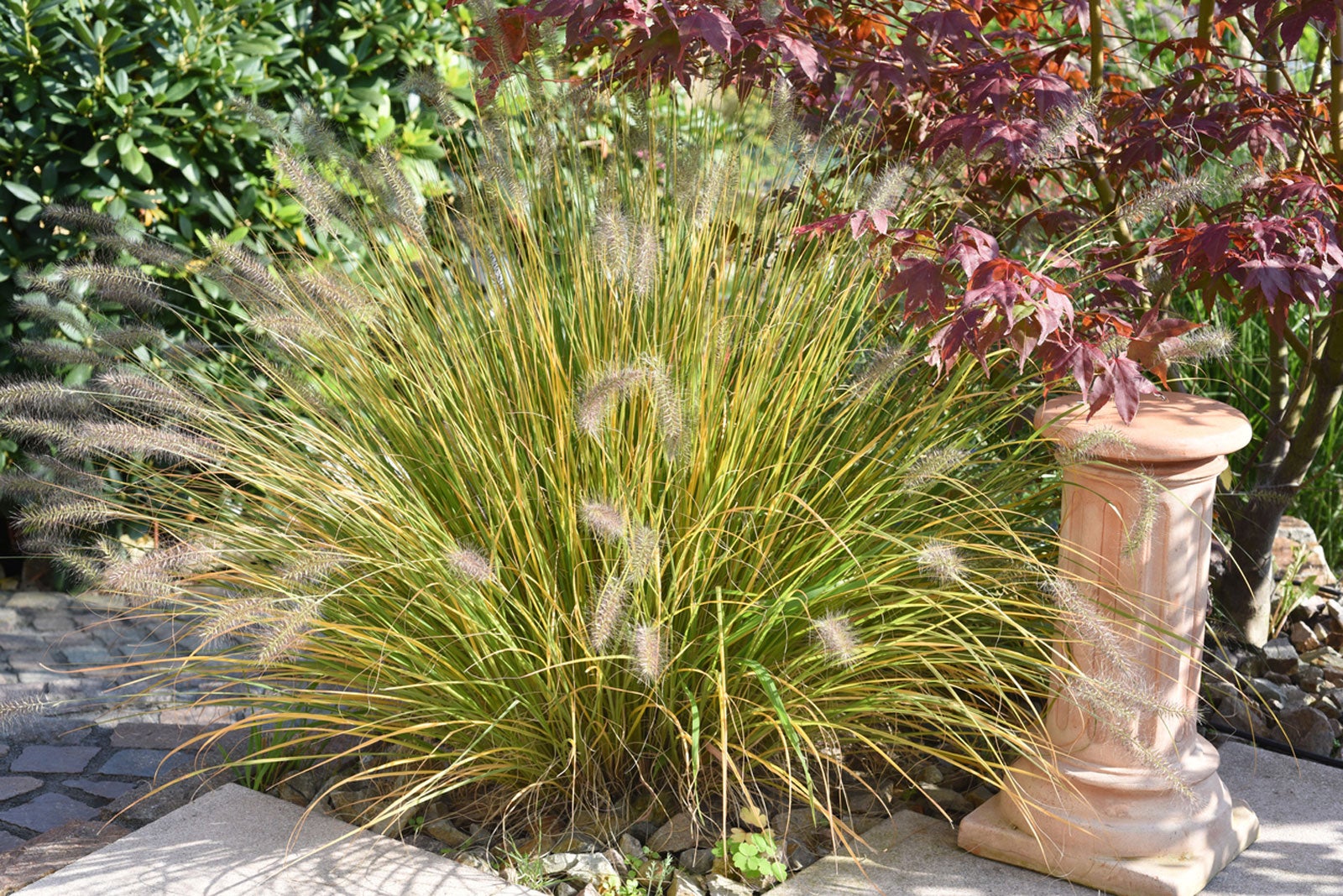

Fountain grass (Pennisetum) is a mound-forming ornamental grass and a garden favorite, as the care of fountain grass is easy. The cascading leaves on this plant have a fountain-like appearance. Clump-forming grasses grow in mounds or clumps, making them ideal for many areas without becoming invasive. It can be used alone as a specimen plant or in a border alongside other perennials. Fountain grass is an attractive perennial grass with densely clumped growth. Blooming of its foxtail-looking flowers generally takes place from late summer through the fall. The small flowers of fountain grass are tan, pink or purple. During fall and throughout winter, this plant will also reward gardeners with spectacular foliage displays.
Types of Fountain Grass
There are different types of fountain grass to choose, ranging in size from 12 inches to 3 feet (30 to 90 cm.). One of the most common varieties is dwarf fountain grass Hameln (P. alopecuroides 'Hameln'). Its light tan blooms turn pinkish brown in fall. This fountain grass blooms earlier than the others, making it a great choice for gardens with shorter growing seasons. Purple fountain grass (P. setaceum) has both purple foliage and blooms. Used for its reddish foliage and showy flowers is red fountain grass (P. setaceum 'Rubrum'), which grows about 3 to 4 feet (0.9 to 1.2 m.) tall. Other types of fountain grass cultivars include 'Cassian,' 'Little Bunny', 'Little Honey', and 'Moudry'.
Growing Fountain Grass
Growing fountain grass is easy. As with most ornamental grasses, fountain grass is extremely adaptable. Care of fountain grass is easy as well. It's sometimes helpful to cut back the foliage in the spring prior to growth. Although not specifically a requirement for fountain grass, fertilizer can be applied as growth resumes in the spring. Established plants do not need regular watering, except during periods of drought. Fountain grass does well in nearly any type of soil; however, for greater results, fountain grass should be planted in fertile, well-drained soil. Fountain grass enjoys full sun but tolerates some light shade. Look for areas receiving full sun, as these plants prefer warm conditions. Warm-season grasses thrive in warmer temperatures ranging from 75 to 85 F. (24-29 C.).
Transplanting Fountain Grass
Transplanting fountain grass is not always necessary; however, it can be dug up and divided in areas where overcrowding may occur or if more plants are simply desired. Division usually depends on spacing or visual appearance. For instance, plants suffering from die-out in the center can be divided to improve their appearance. Division can be performed in early spring prior to new growth or after the growing season in the late summer or fall. Taking care of fountain grass is a rewarding undertaking for a gardener. By growing fountain grass, you add a low maintenance option to your garden.
Gardening tips, videos, info and more delivered right to your inbox!
Sign up for the Gardening Know How newsletter today and receive a free copy of our e-book "How to Grow Delicious Tomatoes".

Nikki Tilley has been gardening for nearly three decades. The former Senior Editor and Archivist of Gardening Know How, Nikki has also authored six gardening books.
-
 Terrifically Tubular Flowers For Hummingbirds: 9 Tube-Flowered Plants To Attract Hummers
Terrifically Tubular Flowers For Hummingbirds: 9 Tube-Flowered Plants To Attract HummersGrowing tubular flowers for hummingbirds helps you create the optimum feeding conditions for your winged friends. Here are nine tubed delights for hummers
By Tonya Barnett
-
 How To Grow Hydroponic Tomatoes For Fresh Indoor Harvests – No Soil Required
How To Grow Hydroponic Tomatoes For Fresh Indoor Harvests – No Soil RequiredLearning how to grow tomatoes in water is easy and allows you to harvest fresh-home-grown produce in every season without any mess.
By Ellen Wells
-
 Fountain Grass Varieties – Learn About Popular Fountain Grass Plants
Fountain Grass Varieties – Learn About Popular Fountain Grass PlantsThere are many fountain grass cultivars. Hardiness and growing conditions can vary depending on variety. Click to learn more.
By Amy Grant
-
 Red Fountain Grass Care – What Is Crimson Fountain Grass
Red Fountain Grass Care – What Is Crimson Fountain GrassRed fountain ornamental grass is a showy, clump forming grass with burgundy red leaves and feathery plumes of rosy purple blooms, also known as crimson fountain grass.
By Mary H. Dyer
-
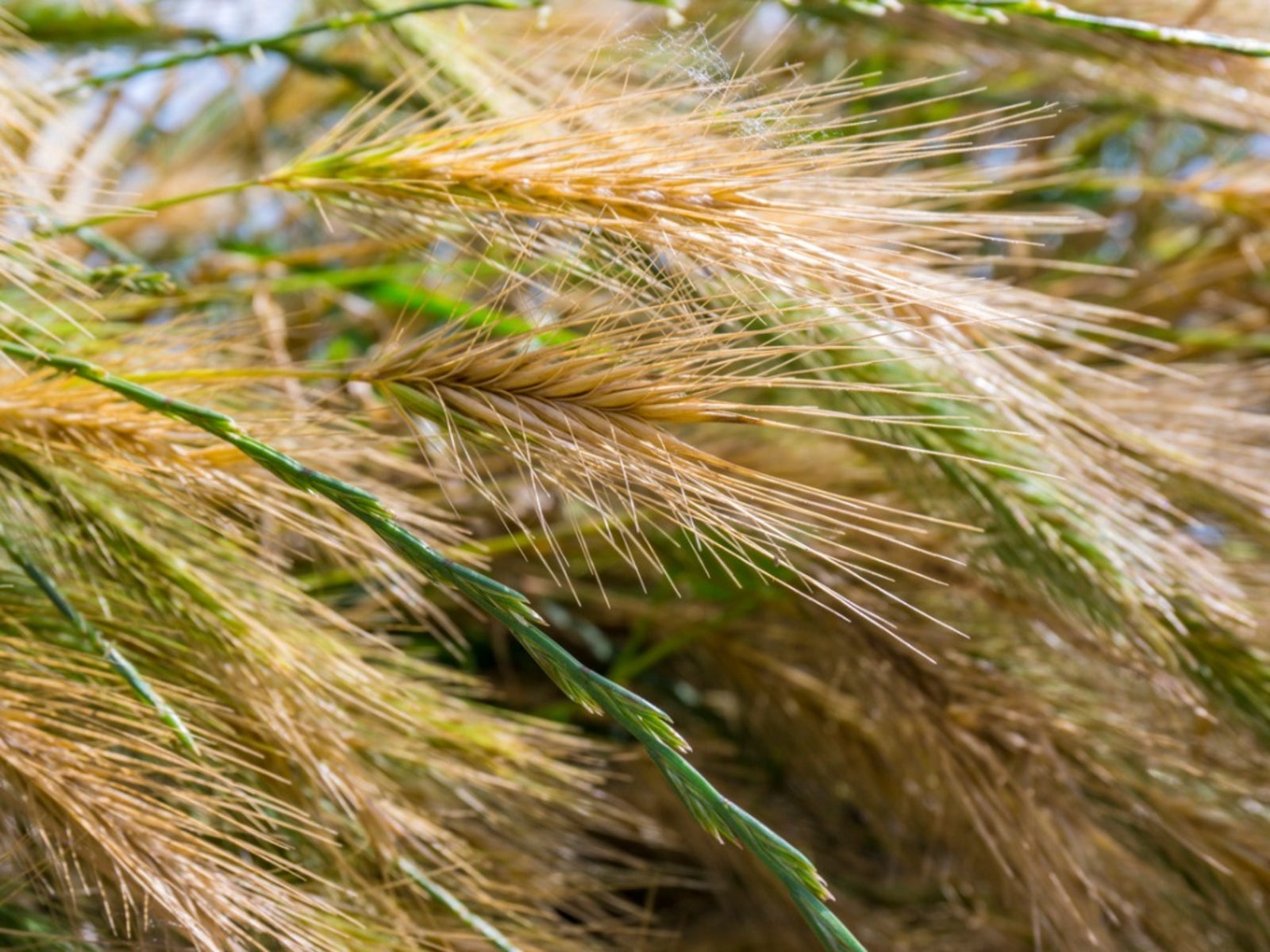 Little Honey Fountain Grass – How To Grow Pennisetum Little Honey
Little Honey Fountain Grass – How To Grow Pennisetum Little HoneyIf you want a showy, ornamental grass, you should try growing little honey fountain grass. Read on to learn more.
By Bonnie L. Grant
-
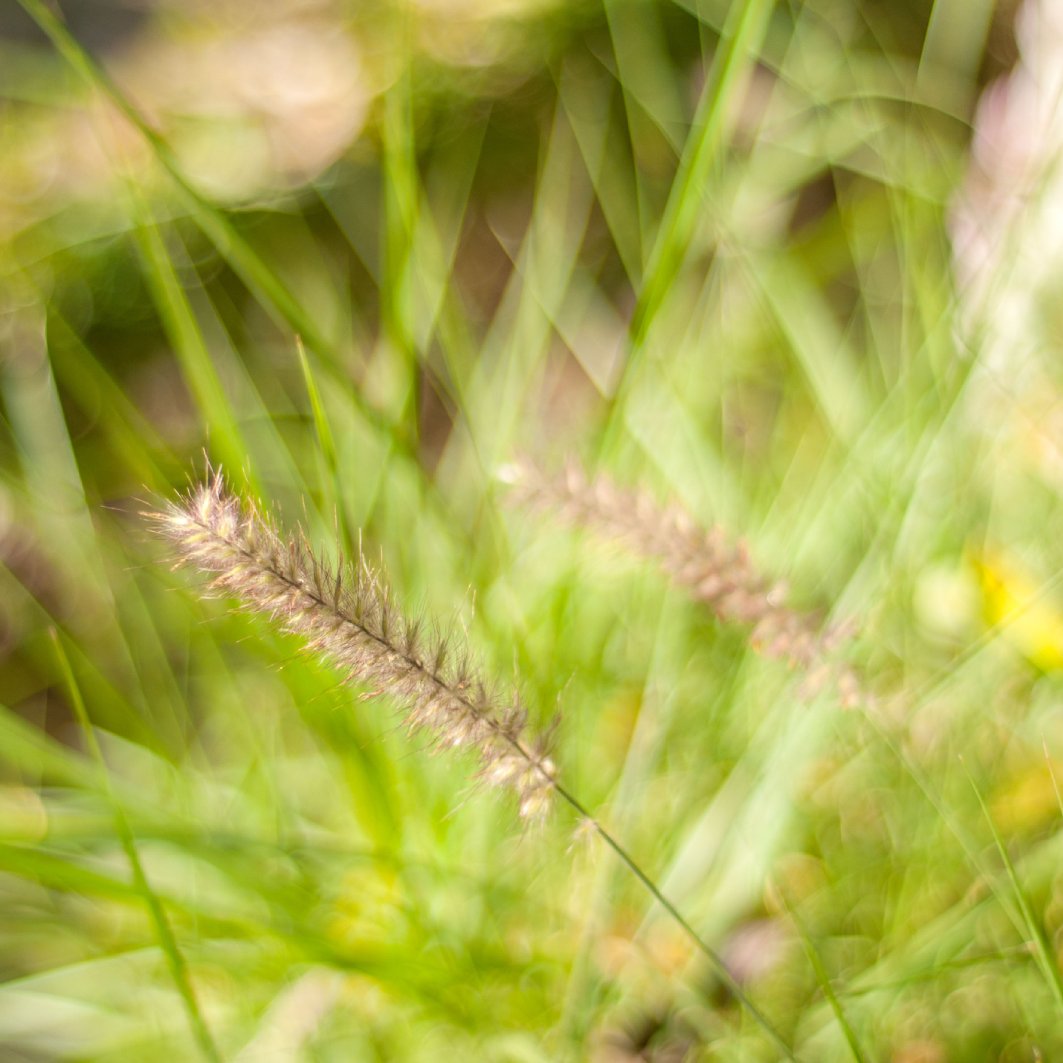 Little Bunny Fountain Grass Care: Growing Little Bunny Fountain Grass
Little Bunny Fountain Grass Care: Growing Little Bunny Fountain GrassBy Laura Miller
-
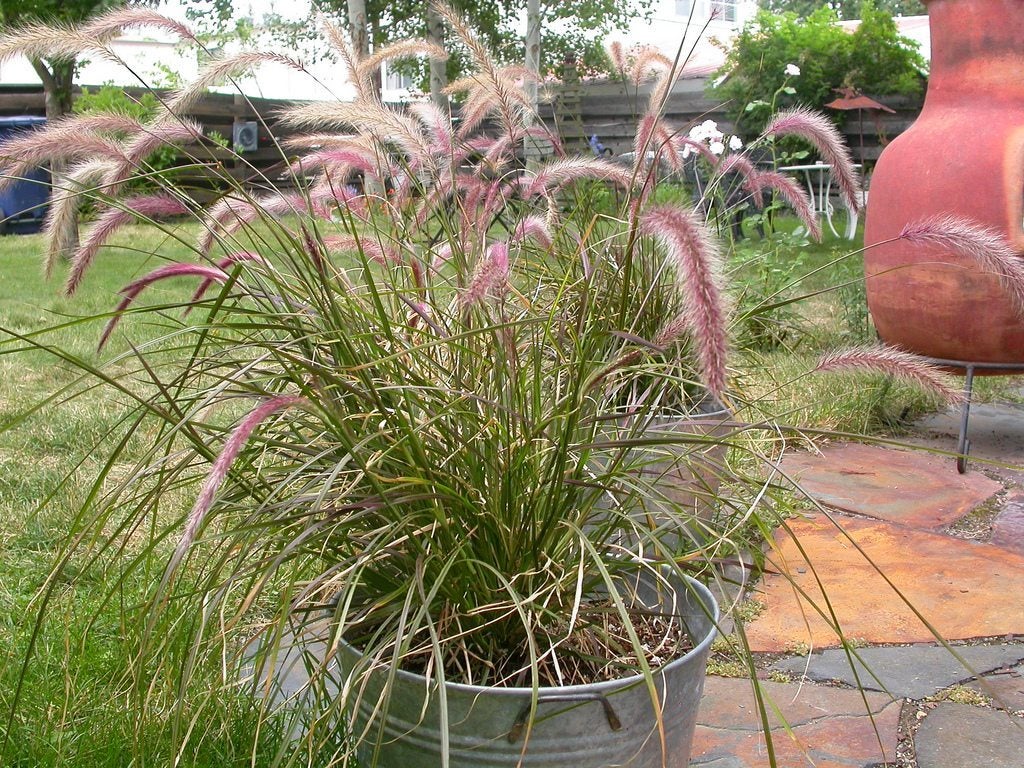 Fountain Grass Trimming – How To Treat Brown Tips On Fountain Grass
Fountain Grass Trimming – How To Treat Brown Tips On Fountain GrassFountain grass plants are easy to grow and generally unfussy, but occasional brown tips on fountain grass can be a clue to incorrect site conditions, cultural care or simply a natural process. There are several browning fountain grass causes, so click here for more info.
By Bonnie L. Grant
-
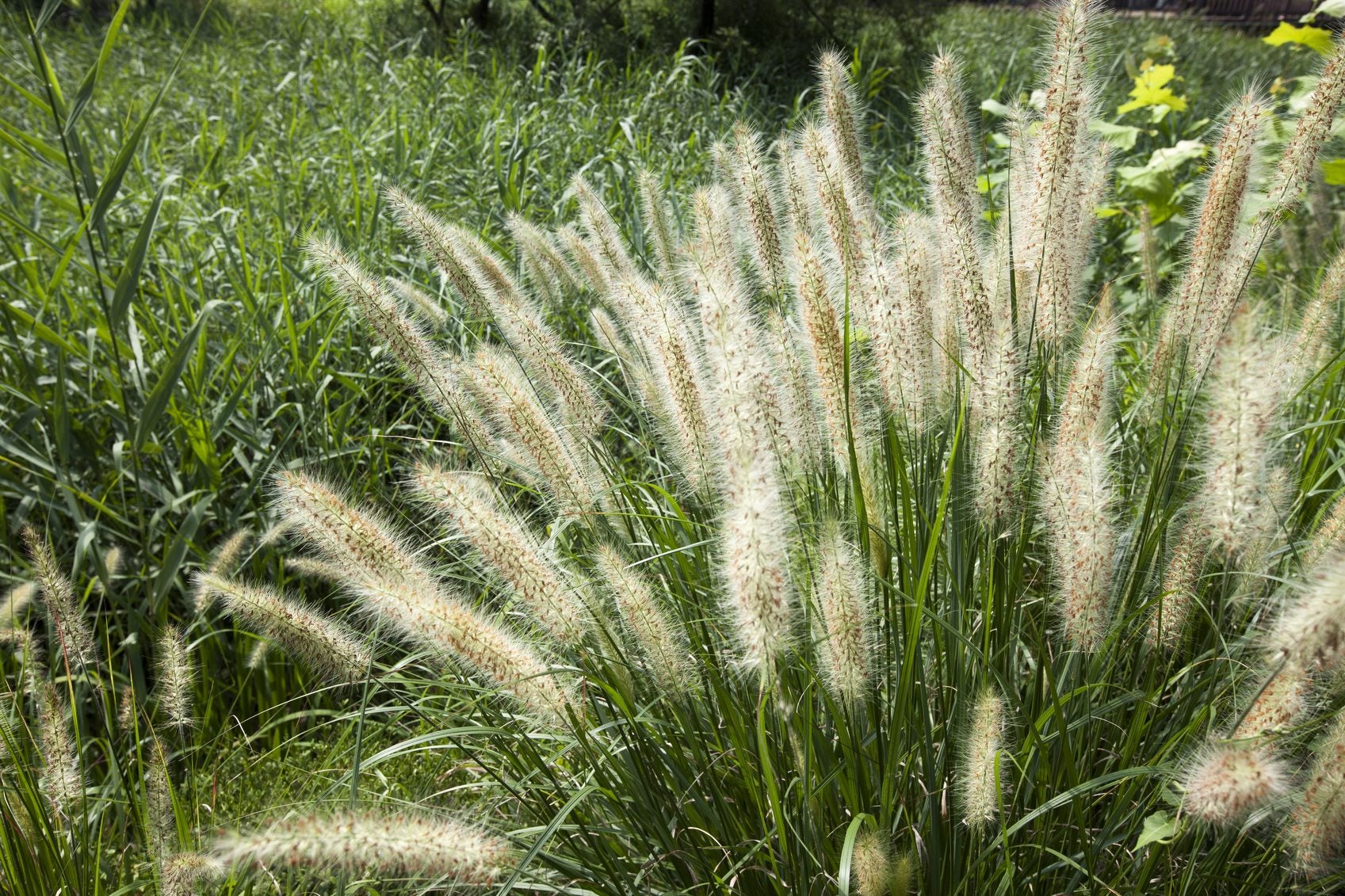 Fertilizing Fountain Grass – When And What To Feed Ornamental Grasses
Fertilizing Fountain Grass – When And What To Feed Ornamental GrassesFountain grass feeding is a rare chore because ornamental grasses like these thrive in low fertility areas. However, let the appearance of the plant be your cue and fertilize only when color and leaf health are indicative of nutritional scarcity. Learn more here.
By Bonnie L. Grant
-
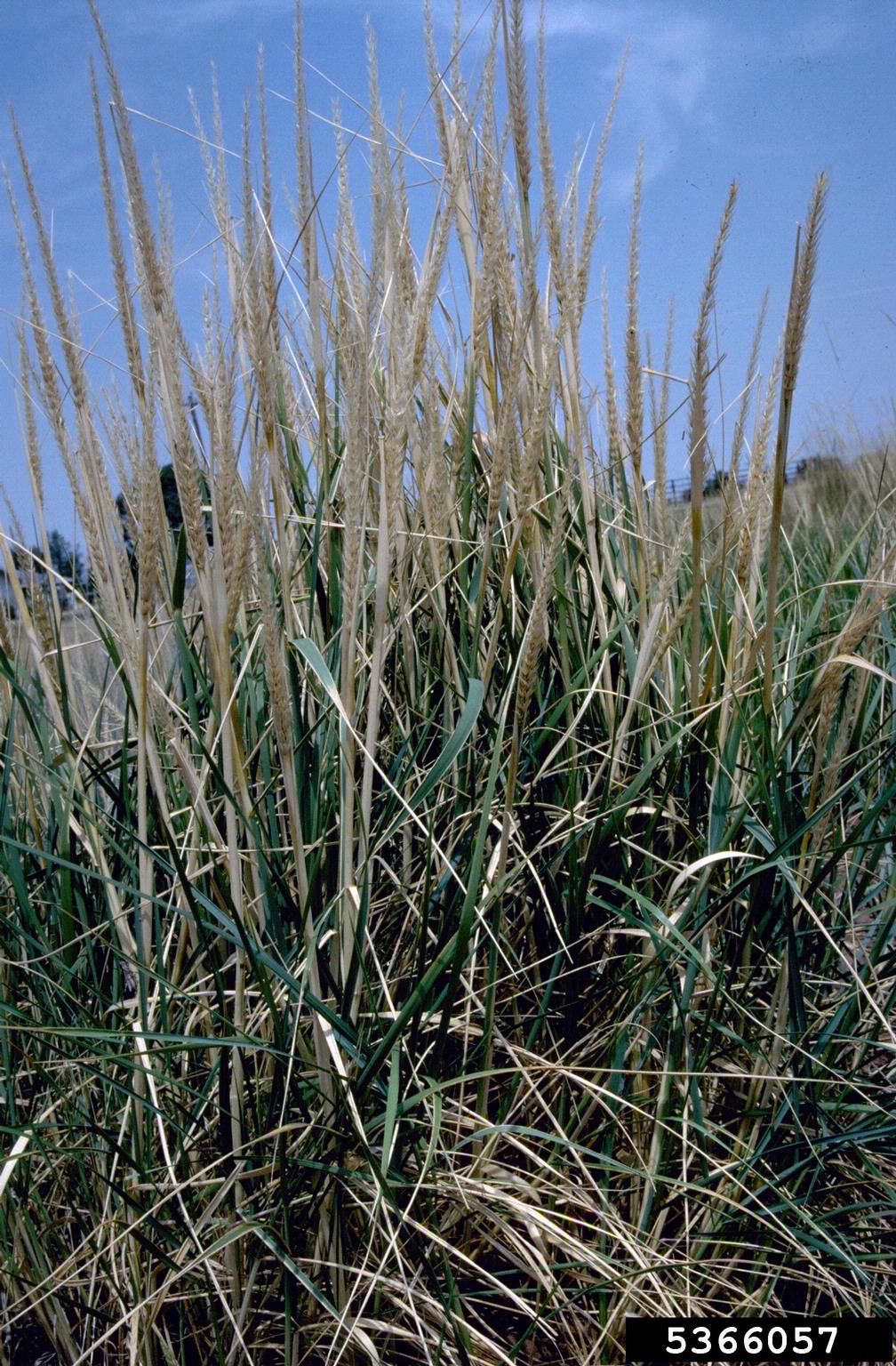 Fountain Grass Turning White: My Fountain Grass Is Bleaching Out
Fountain Grass Turning White: My Fountain Grass Is Bleaching OutNear the end of the season, you may find your fountain grass turning white, bleached, and unappealing. What is happening? Is there some sort of terrible fountain grass problem? Find the answers in this article. Click here for more info.
By Bonnie L. Grant
-
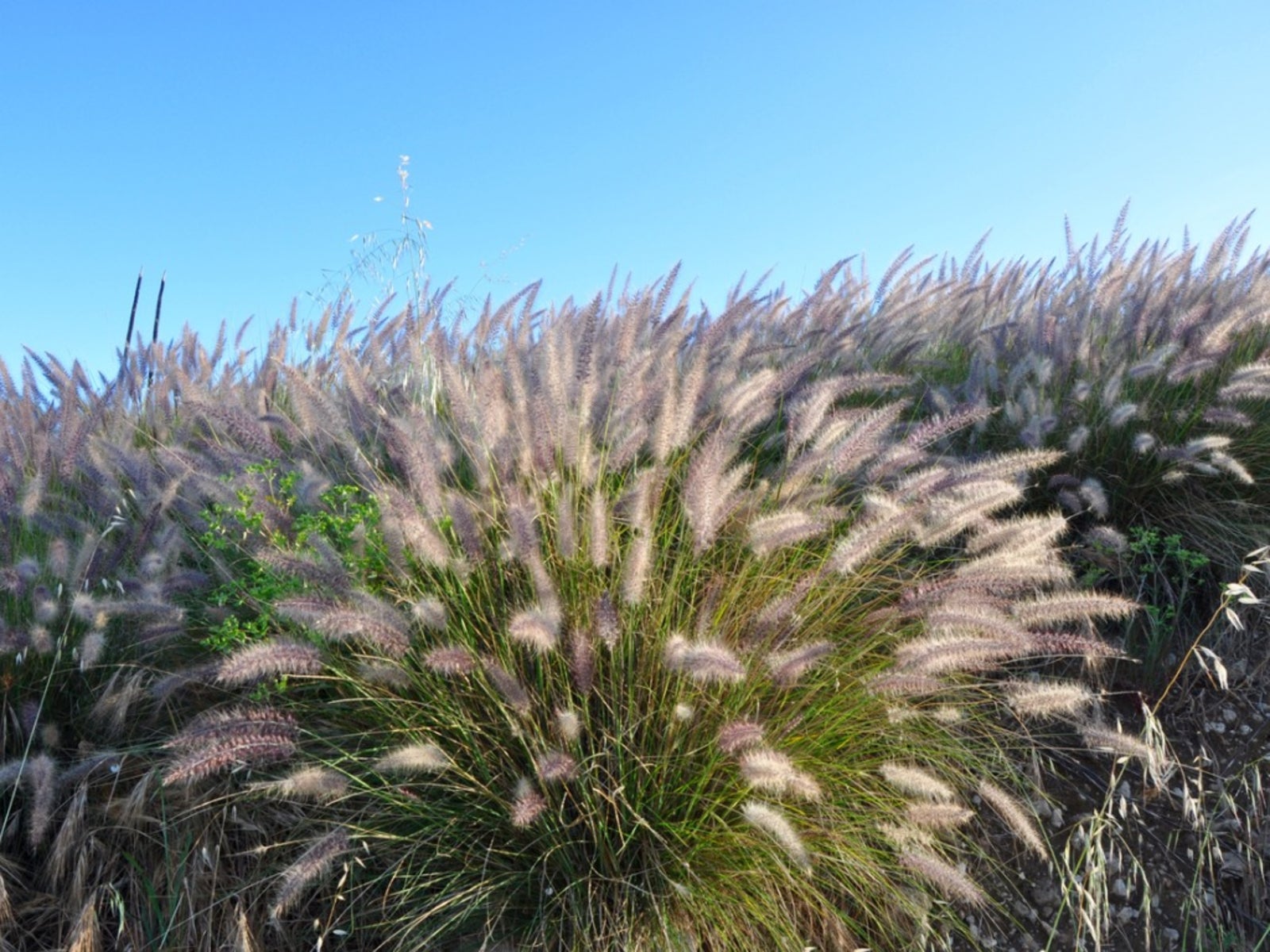 Tips For Fountain Grass Pruning: Cutting Back Fountain Grass
Tips For Fountain Grass Pruning: Cutting Back Fountain GrassFountain grasses are a reliable and pretty addition to the home landscape, adding drama and height. But when do you prune fountain grass? In the fall, winter or in the spring? And how? This article will help.
By Heather Rhoades